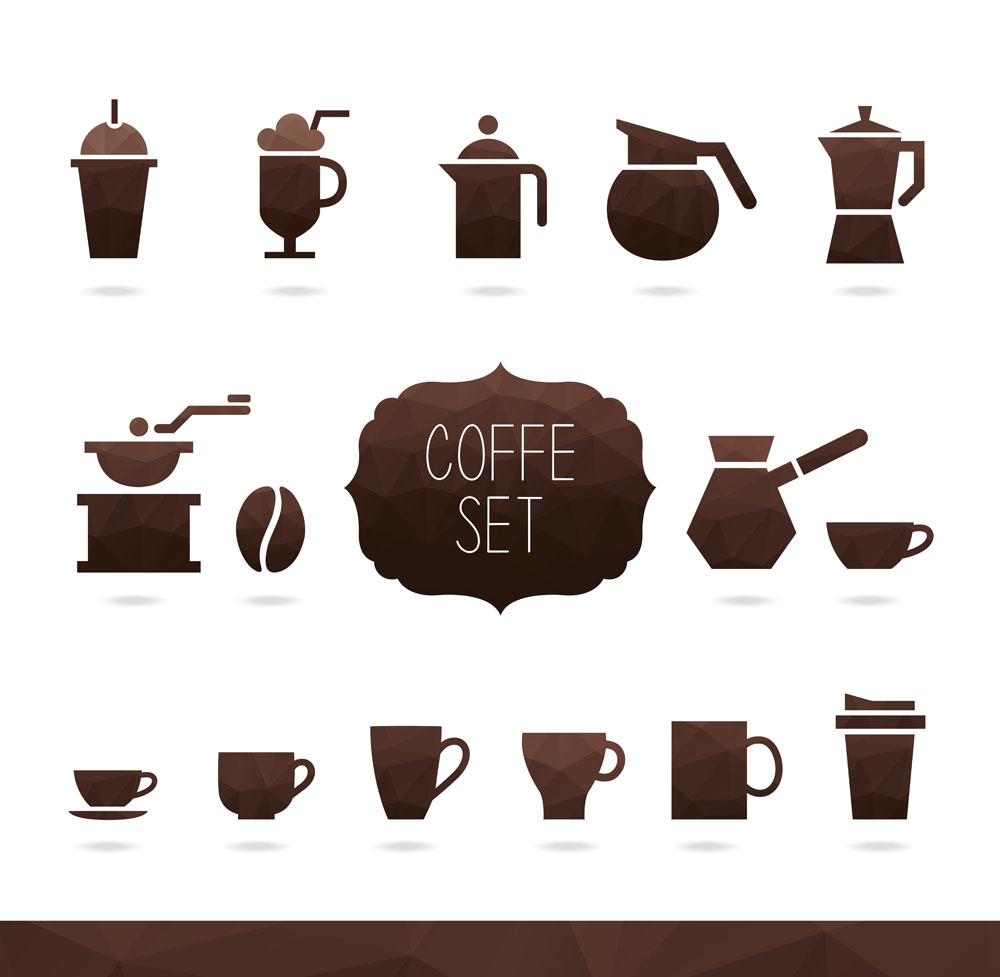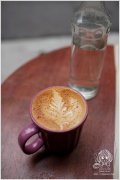Like to make coffee, refer to the coffee flavor coffee extraction institute
Boutique coffee is fresh coffee. Whether it's food or drink, of course, the fresh the better, and so is boutique coffee. High-quality coffee should keep the coffee beans fresh before making, including the preservation of baked beans, and grind the coffee beans into powder before making, which is also to retain its original and best flavor. The way of making hand-brewed coffee is such a way to make high-quality coffee, and it is also one of the coffee-making methods that can best retain the original flavor of coffee. Boutique coffee is good coffee and is harmless to health. Different from coffee made with low-quality coffee beans, high-quality coffee uses high-quality coffee beans and freshly made coffee, which is harmless to health, and drinking in moderation is beneficial to the body and mind.
After brewing, whether it tastes good or not depends on the concentration of the coffee solution and the coffee extraction rate. Today, Chongqing Brista Coffee training School will explain to students who like to make coffee the data analysis, data collection and calculation after coffee production.
Let's take a look at the formation of a cup of hot coffee. Hot water brings most of the water-soluble substances from ground coffee into water through dissolution and extraction. At first, hot water seeps into the powder layer, dissolves some of the compounds in the coffee powder that come into contact with it, and dissolves into a solution, which eventually exudes the powder layer and brings out the above-mentioned solution. A cup of coffee contains a variety of different compounds, each with a different flavor. So there are differences, because of the differences in their chemical nature, which cause some compounds to dissolve quickly when they come into contact with water, while others dissolve slowly.
The measurement of extraction rate and concentration is directly related to the sensory evaluation of the composition of beautiful flavors. In other words, the measurement of extraction rate and concentration focuses on the taste of coffee flavor, which is a method to evaluate the quality of coffee, that is to say, the significance of extraction rate and concentration measurement is that we use our senses to feel the flavor of coffee. The ultimate purpose of the measurement is to identify whether the coffee is good or not through the two variables of extraction rate and concentration.
It is usually extremely difficult to analyze or objectively measure the quality of a cup of coffee, or even any kind of food or drink. The Coffee extraction Institute (CBI) has been studying this problem since the late 1950s and has finally come up with a method for measuring soluble compounds in coffee.
This method is much simpler than chemical analysis. What CBI brings to the entire coffee industry is a set of objective coffee analysis methods and a common language that everyone can understand. This language can be used to discuss coffee itself, coffee brewing and the performance differences of brewing utensils. What they provide is a simple, practical and effective control system to monitor and maintain the quality of coffee.
CBI's method is based on measuring the concentration of soluble matter in water, and then using a chart to calculate the extraction rate of coffee extracted after a given ratio of powder to water. This set of simple analysis tools, even by today's high-tech standards, is still an efficient analysis tool.

Important Notice :
前街咖啡 FrontStreet Coffee has moved to new addredd:
FrontStreet Coffee Address: 315,Donghua East Road,GuangZhou
Tel:020 38364473
- Prev

Turkish coffee kalita Turkish coffee pot Turkish coffee history Turkish coffee taste of Turkish coffee
Boutique coffee is fresh coffee. Whether it's food or drink, of course, the fresh the better, and so is boutique coffee. High-quality coffee should keep the coffee beans fresh before making, including the preservation of baked beans, and grind the coffee beans into powder before making, which is also to retain its original and best flavor. And the way of making hand-made coffee is such a way to make high-quality coffee.
- Next

Enjoy fresh coffee powder or coffee beans to experience the ideal storage conditions for fine coffee
Boutique coffee is fresh coffee. Whether it's food or drink, of course, the fresh the better, and so is boutique coffee. High-quality coffee should keep the coffee beans fresh before making, including the preservation of baked beans, and grind the coffee beans into powder before making, which is also to retain its original and best flavor. And the way of making hand-made coffee is such a way to make high-quality coffee.
Related
- Beginners will see the "Coffee pull flower" guide!
- What is the difference between ice blog purified milk and ordinary milk coffee?
- Why is the Philippines the largest producer of crops in Liberia?
- For coffee extraction, should the fine powder be retained?
- How does extracted espresso fill pressed powder? How much strength does it take to press the powder?
- How to make jasmine cold extract coffee? Is the jasmine + latte good?
- Will this little toy really make the coffee taste better? How does Lily Drip affect coffee extraction?
- Will the action of slapping the filter cup also affect coffee extraction?
- What's the difference between powder-to-water ratio and powder-to-liquid ratio?
- What is the Ethiopian local species? What does it have to do with Heirloom native species?

